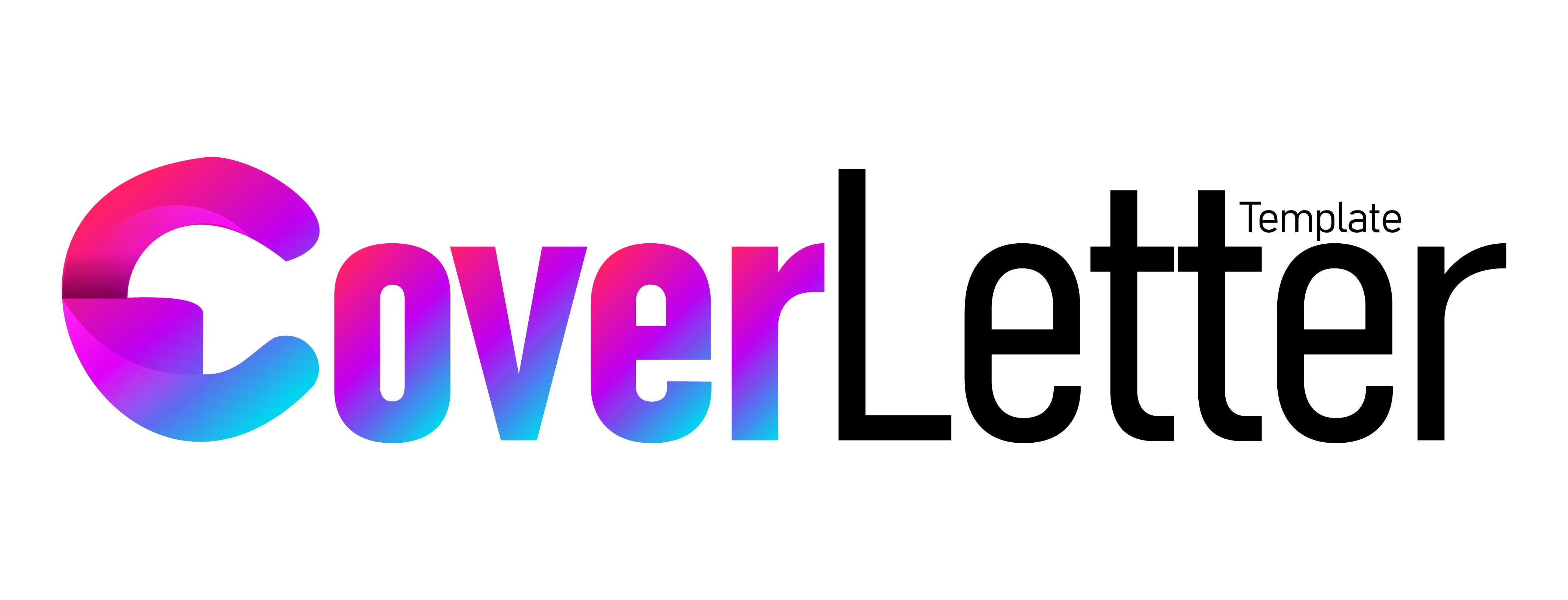
The Internet of Things (IoT) is a rapidly growing technology becoming increasingly important in the business world. IoT platforms provide businesses with the tools they need to connect, manage and analyze data from millions of devices, allowing them to make better and more informed decisions, improve efficiency and reduce costs.
In this blog post, we will explore the 9 leading IoT platform models for 2023: cloud-based, on-premises, edge, hybrid, low-code, open-source, industry-specific, platform-as-a-service (PaaS), and IoT device management platforms.
Top 9 IoT Platform Models for 2023
- Cloud-based IoT Platforms
These platforms are hosted on cloud servers and provide businesses with scalable and cost-effective solutions for managing their IoT devices and data. Key features of these platforms include remote management, automatic updates, and easy integration with other cloud-based services. Examples of cloud-based IoT platforms include AWS IoT, Azure IoT Hub, and Google Cloud IoT.
2. On-premises IoT Platforms
These platforms are installed on the customer’s hardware, giving businesses more control over their IoT data and devices. Key features of these platforms include enhanced security and compliance and the ability to integrate with existing on-premises systems. Examples of on-premises IoT platforms include ThingWorx and GE Predix.
3. Edge IoT Platforms
These platforms process data at the network’s edge, near the IoT devices, rather than in a central location. This allows for real-time decision-making and reduces the amount of data that needs to be sent to the cloud. Key features of these platforms include low latency, offline operation, and reduced data transfer costs. Examples of edge IoT platforms include Cisco Kinetic and Siemens Mindsphere Edge.
4. Hybrid IoT Platforms
These platforms combine the best features of cloud-based and on-premises platforms and provide businesses with more data management and device control flexibility. Key features of these platforms include the ability to seamlessly switch between cloud and on-premises deployment and operate in both online and offline modes. Examples of hybrid IoT platforms include IBM Watson IoT and PTC ThingWorx.
5. Low-code IoT Platforms
These platforms are designed to be easy to use and require little to no coding experience. Key features of these platforms include drag-and-drop interfaces, pre-built templates, and visual data flow mapping. Examples of low-code IoT platforms include Losant and Zoho IoT.
6. Open-source IoT Platforms
These platforms are free to use and can be modified to fit the specific needs of a business. Key features of these platforms include a large community of developers, flexibility, and the ability to build custom solutions. Examples of open-source IoT platforms include Kaa IoT Platform and Eclipse Thingweb.
7. Industry-specific IoT Platforms
These platforms are tailored to the specific needs of a particular industry, such as healthcare, transportation, and manufacturing. Key features of these platforms include industry-specific functionality and pre-built integrations with industry-specific systems. Examples of industry-specific IoT platforms include GE Predix for Industrial IoT and Medtronic CareLink for healthcare.
8. Platform-as-a-Service (PaaS) IoT Platforms
These platforms provide businesses with access to IoT-specific infrastructure and tools, allowing them to easily develop and deploy IoT solutions. Key features of these platforms include scalability, ease of use, and the ability to launch IoT projects quickly. Examples of PaaS IoT platforms include AWS IoT Greengrass and Azure IoT Central.
9. IoT Platforms for IoT Device Management
These platforms allow businesses to remotely manage and control their IoT devices, including provisioning, monitoring, and updating them. Key features of these platforms include device management dashboards, security features, and over-the-air (OTA) updates. Examples of IoT Device management platforms include AWS IoT Device Management and IoT Device Management in Azure IoT Hub.
Comparison of IoT Platform Models
When choosing an IoT platform model, it’s important to consider your business’s specific needs and requirements. Each model has its pros and cons, and some may be more suitable for certain use cases than others. For example, a cloud-based platform may be the best choice for a business that wants to quickly launch an IoT project, while an on-premises platform may be the best for a business with strict data security requirements.
It’s also important to consider the platform’s scalability, flexibility, and cost when making a decision. Some models, such as low-code or open-source platforms, may be more cost-effective in the long term. In contrast, others, such as PaaS or industry-specific platforms, may be more suitable for businesses that want to launch an IoT project quickly.
Conclusion
This blog post has explored the nine leading IoT platform models for 2023, including cloud-based, on-premises, edge, hybrid, low-code, open-source, industry-specific, platform-as-a-service (PaaS), and IoT device management platforms. Each model has its own set of pros and cons, and it’s important for businesses to consider their specific needs and requirements when choosing a platform. IoT platforms are expected to evolve in the coming years. Businesses should stay updated on the latest advancements in IoT to ensure that they can continue to leverage the benefits of these platforms for their business.
FAQ
Q: What are the leading IoT platform models for 2023?
A: The top 9 IoT platform models for 2023 include: Cloud-based, On-premises, Edge, Hybrid, Low-code, Open-source, Industry-specific, Platform-as-a-service (PaaS), and IoT Devices Management Platforms.
Q: What are the differences between cloud-based and on-premises IoT platforms?
A: Cloud-based platforms are hosted on cloud servers and provide businesses with scalable and cost-effective solutions for managing their IoT devices and data. On-premises platforms are installed on the customer’s hardware, giving businesses more control over their IoT data and devices.
Q: How do I choose the right IoT platform model for my business?
A: To choose the right IoT platform model, consider the specific needs and requirements of your business, such as scalability, flexibility, cost, and data security. Also, take into consideration your use case.
Q: What are the advantages of using a low-code or open-source IoT platform?
A: Low-code platforms are designed to be easy to use and require little to no coding experience, making them accessible for businesses of all sizes. Open-source platforms allow businesses to modify the platform to fit their specific needs and benefit from a large community of developers. Low-code and open-source platforms can be more cost-effective in the long term as businesses do not need to invest in expensive software licenses.
Q: Can industry-specific IoT platforms be used for multiple industries? A: Industry-specific IoT platforms are tailored to the specific needs of a particular industry, such as healthcare, transportation, and manufacturing. However, they can be adapted to be used in other industries, but they may not have the same level of functionality; it’s important to consider the features and functionalities while choosing the right platform.








